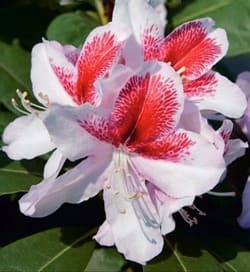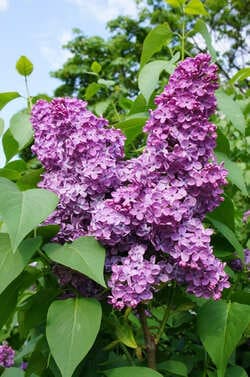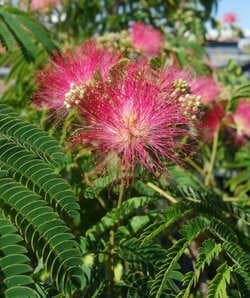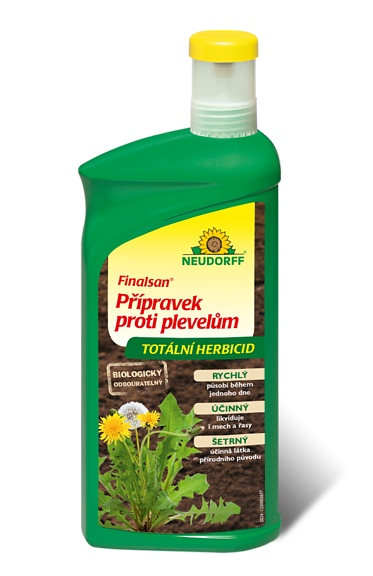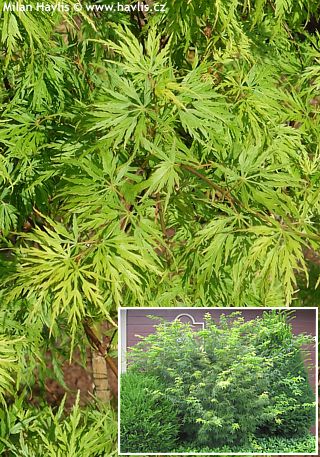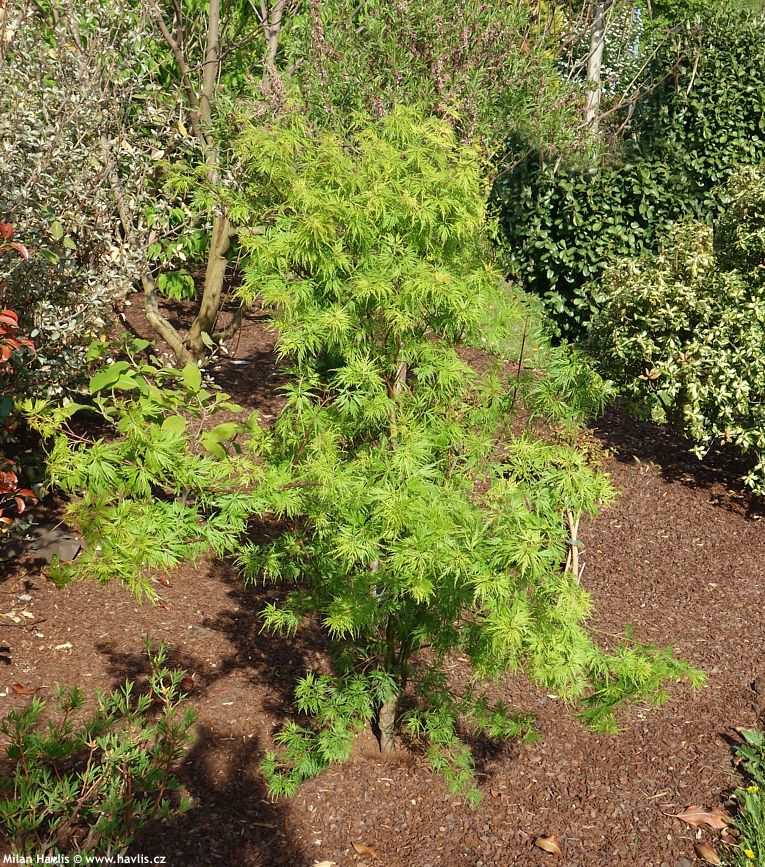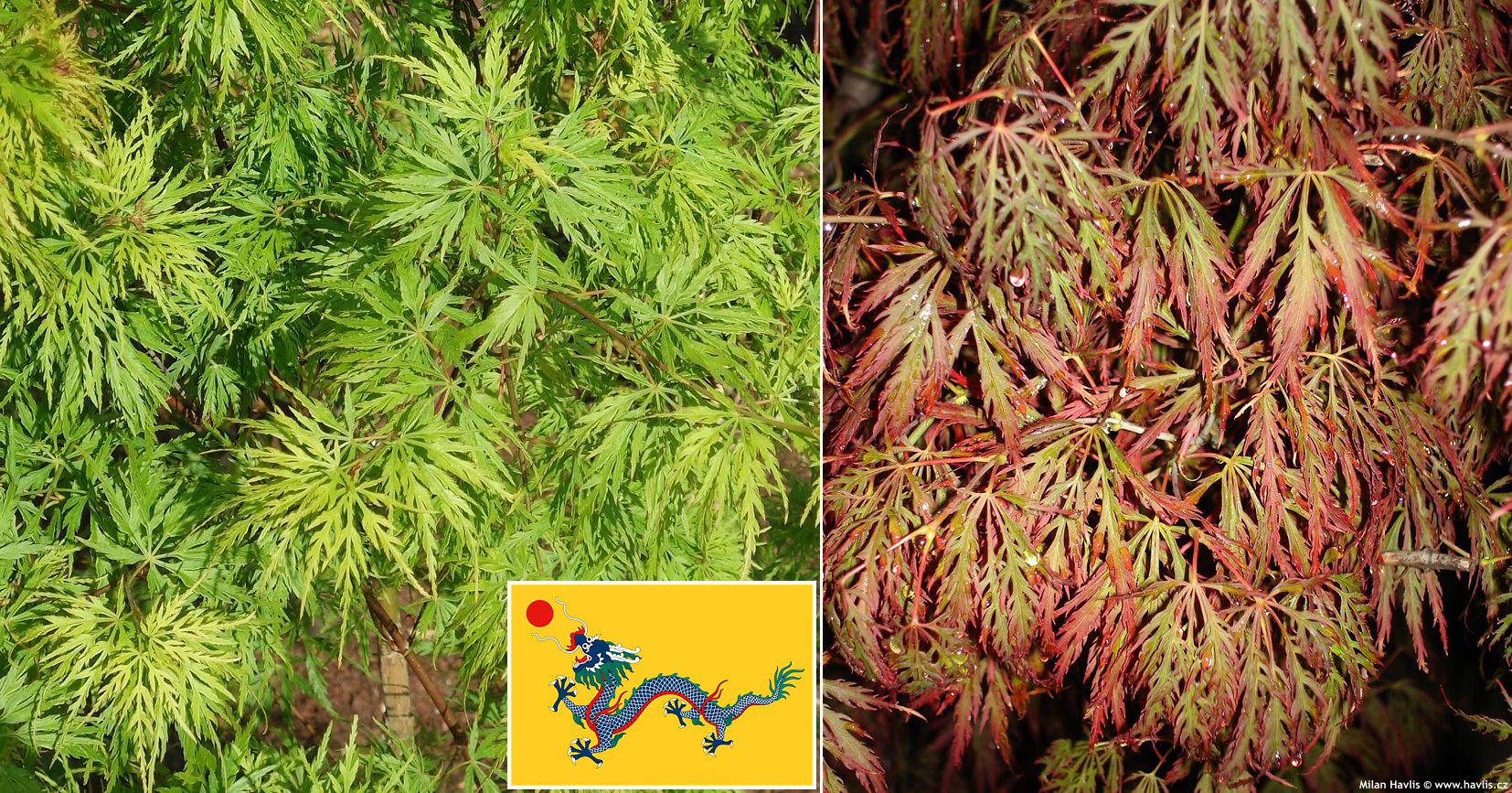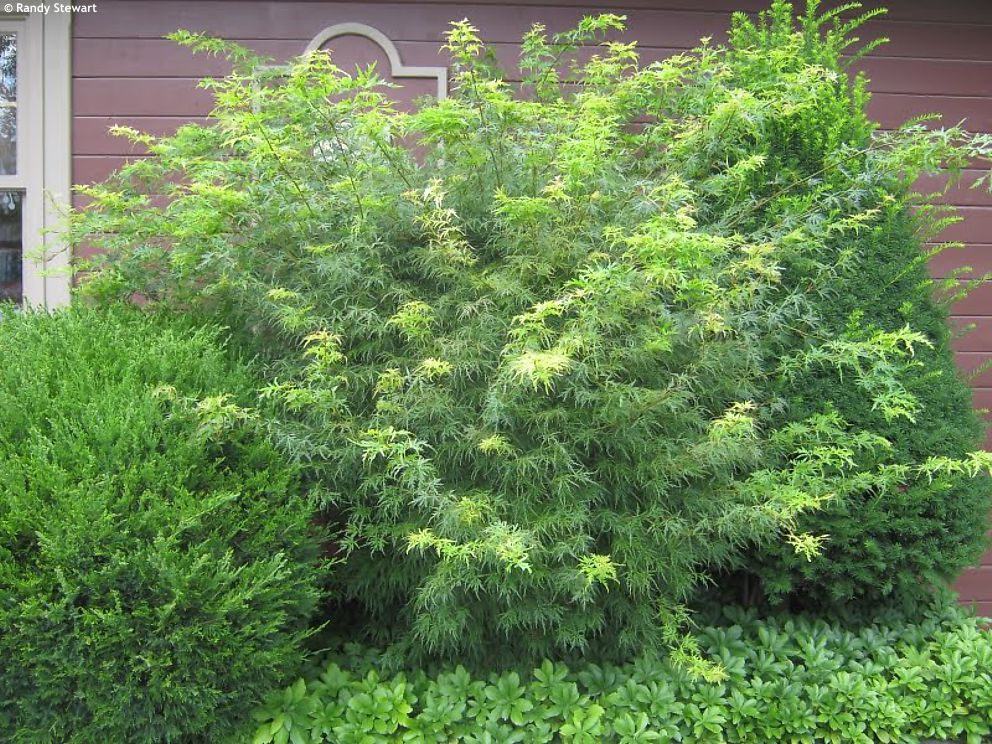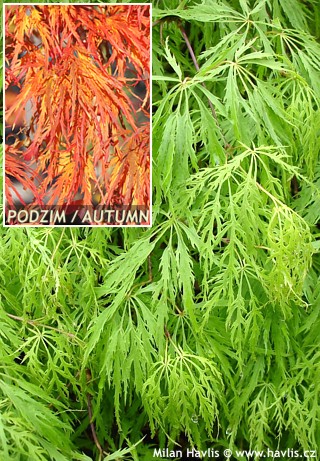Acer palmatum 'SEIRYU' Japanese maple
Acer
Japanese maples are very decorative and usually low shrubs, occasionally small trees, with attractive foliage and picturesque structure. There are many varieties in various shades of green, chartreuse, golden and yellow, red to maroon, and even multicoloured (variegated). They originate from Asia (Japan, China, Korea), where they have been cultivated for at least two centuries or perhaps even longer, however, they were introduced to Europe only at the beginning of the 19th century, specifically to Great Britain in 1820. Interestingly, the botanist Carl Peter Thunberg described them much earlier, in 1784, because he undertook an expedition to Japan in 1775-1776, discovering new species and collecting seeds and plants. He named the tree Acer palmatum, referring to the leaf shape resembling a human hand with fingers, although it is said that they first reminded him of frog fingers, which is also one of its oldest Japanese names: kaede. The other is momiji (baby hands). The beauty of the colours and shapes of the leaves and trees is reflected in many arts, for example, in the oldest preserved collection of Japanese poetry from the 8th century, the Man'yōshū (Collection of Ten Thousand Leaves). The Chinese poet Wang Wei (699-759) celebrated their beauty in many of his works, and naturally, maples often appeared in ancient paintings, tapestries, porcelain, and wherever classic and traditional decorations associated with the symbolism of these maples were desired: beauty and elegance, serenity, endurance, vitality, and transformation.
Seiryu is a Japanese maple variety from the dissectum group. Its delicate leaves are deeply cut like a lace, deciduous, they emerge yellow to lime green with red tips in spring, mature to soft green in summer, and turn fantastic shades of gold, orange and red in autumn. It grows rather fast into a wide-open vase shape with dense branching in full sun. In partial shade it exhibits slightly less dense branching.
Seiryu is the Japanese name for one of the four constellation symbols of Chinese astronomy and translates as Azure Dragon (Qīnglóng – 青龍). It is one of the five dragon gods who represent earth power, where the Azure Dragon symbolizes the east and the spring. It is widely used in the media, in feng shui as well as in popular culture. It is a recognized symbol in the cultures of Japan, Korea, Vietnam and especially China where it was featured on their national flag during the Quing dynasty from 1889 till 1912. Many of its depictions match in complexity and detail in the spread paws with claws, in which the breeder of this maple variety may have seen such a resemblance to its leaves that he named his variety after this symbol.
Japanese maples need constantly moist soil that has to be well-drained, acidic to neutral, and medium fertile. Keep it mulched all year round. It loves a location with high air humidity, e.g. at a river bank or near a pond but it is not a must. Seiryu withstands full sun in constantly moist soil, and naturally grows in partial shade, too. Full shade is not recommended. It is hardy to at least -29 °C (USDA zone 5), and is suitable for large outdoor planters, too, if kept moist but without a saucer.
Last update 02-01-2023

5 015 Kč
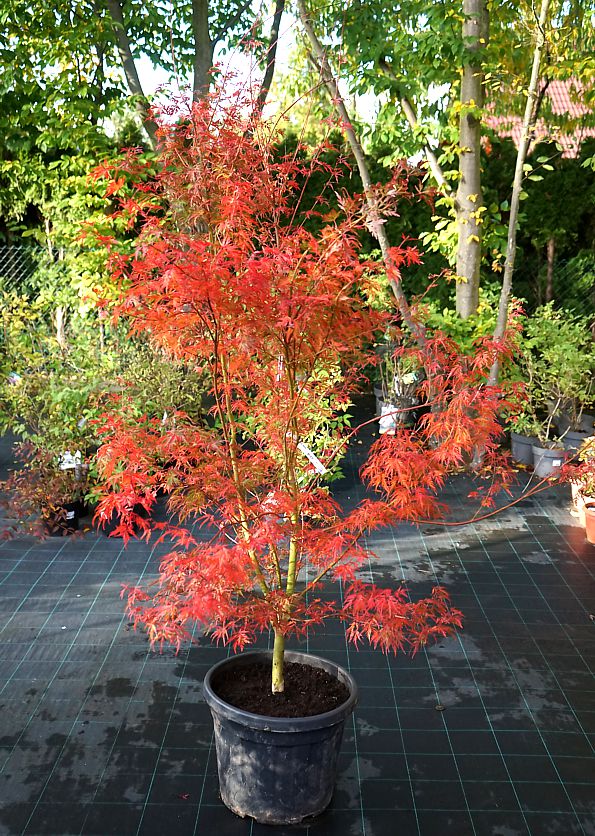
5 287 Kč
Goods are shipped all over Europe. For Russia and U.K. and for further details please read about SHIPPING OPTIONS HERE.
Are you interested in a serious discount for orders NOV-FEB? Check your options here.
THE PRICES INCLUDE VAT of 15%. For quick conversion you can use 1 CZK = approx. 0.04 EUR
- STANDARD QUALITY - Plants of this group are 1st class quality with number of branches and overall density adequate to their size and age, considering they were container grown.
- DE LUXE QUALITY - This label guarantees a luxurious quality of manually selected plants that, compared to their height and age, are exceptionally dense and beautiful.
- EXTRA - These plants are usually mature and bigger specimens with exceptional overall appearance.
- STANDARD (as described in the plant form) means a tree with a trunk of 190-210 cm and a crown at the top, unless specified differently. The commercial size for trees is their girth measured in the height of 1m from ground.
- HOBBY - These plants are of the same quality as our standard-quality plants but younger and therefore cheaper.
- SHRUB - a woody plant with branches growing bushy from the ground level.
- HALF-STANDARD or MINI-STANDARD - a small tree with shorter trunk, its size is usually specified.
- FEATHERED - These are trees with branches growing already from the base of the trunk and up along the stem.
- GRASSES and PERENNIALS - Sizes given usually read the diameter of the pot or the clump, as specified.












